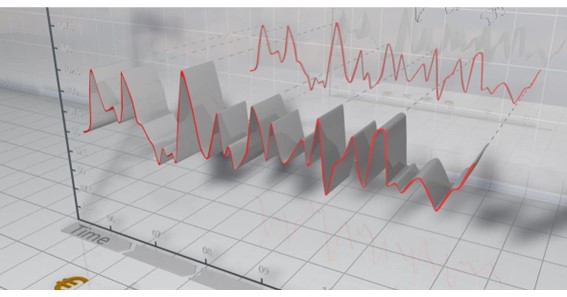In the fast-paced world of financial markets, Contracts for Difference (CFDs) have gained prominence as a versatile trading instrument. This article will delve deeper into the domain of CFD trading, focusing on strategies that can help investors navigate the complex landscape and make informed decisions.
Understanding the Dynamics of CFDs
Before delving into strategies, it is essential to have a solid understanding of what CFDs entail. Trade with ease by speculating on the price movements of various underlying assets. Use advanced tools to earn profits and take control of your financial future. Start now without owning them. This feature allows investors to profit from both rising and falling markets, offering a unique advantage over traditional investments.
Leverage: A Double-Edged Sword
Derivative trading is characterised by the use of leverage, one of its defining features. Leverage enables traders to control a larger position with a relatively modest capital investment. This feature, while offering the potential for amplified profits, simultaneously heightens the risk of substantial losses. The significance of risk management becomes evident when leveraging positions. Prudent investors understand that meticulous risk control is paramount. By employing strategies such as diversification, volatility assessment, and allocating capital judiciously, these investors navigate the leverage-driven nature of CFD trading with an unwavering commitment to safeguarding their financial interests.
Risk Mitigation Strategies
- Diversification: To mitigate risk, smart investors diversify their CFD portfolios across different asset classes. This approach helps spread risk and reduces exposure to the fluctuations of a single asset.
- Volatility Assessment: Investors assess the volatility of the underlying assets they trade. High volatility can lead to rapid price fluctuation, which may require tighter risk management.
- Adequate Capital Allocation: Smart investors allocate only a portion of their total capital to derivative trading, ensuring they have sufficient funds that cover potential losses and withstand market volatility.
The Role of Market Analysis
Successful derivative trading hinges on in-depth market analysis. Smart investors employ various analytical methods to make informed trading decisions.
Technical Analysis
Technical analysis involves studying historical price charts and patterns to predict future price movements. Tools, for example, trendlines, support and resistance levels, and technical indicators, which have moving averages and oscillators, can help you make better trading decisions. By identifying trends and potential entry and exit points, investors can enhance their trading decisions.
Fundamental Analysis
Fundamental analysis entails evaluating most of the financial health and performance of an underlying asset. This approach is particularly relevant when trading CFDs based on stocks or commodities. Smart investors keep an eye on economic indicators, company financial reports, and geopolitical events that can influence asset prices.
Sentiment Analysis
Sentiment analysis gauges market sentiment and investor behaviour. Smart investors monitor news, social media sentiment, and market sentiment indicators to gain insights into prevailing market sentiment. Understanding market sentiment can help anticipate potential market movements.
Strategies for Success
Now explore some strategies that smart investors employ to excel in the world of CFD trading.
Day Trading
Day trading involves opening and closing CFD positions within the same trading day. Smart investors who opt for day trading focus on short-term price movements and utilise technical analysis extensively. They are vigilant in monitoring their positions and adhere to strict risk management rules.
Swing Trading
Swing trading is a strategy that targets short to medium-term price swings within a trend. Smart investors identify potential swing points and aim to capture profits during these price movements. Swing traders often employ a combination of technical and fundamental analysis to make informed decisions.
Hedging
Hedging is a strategy used in risk management to minimise potential losses in trades by opening positions that offset those losses. Smart investors commonly use it to protect their portfolios against unfavourable market movements. Hedging, while limiting potential gains, can help secure against significant losses.
Position Sizing
Effective position sizing is crucial for smart investors. They carefully determine the size of their positions relative to the account size and risk tolerance. This approach ensures that they can withstand market volatility without risking substantial capital.
Conclusion
Derivative trading offers a world of possibilities for all investors who are seeking to diversify their portfolios and capitalise on market movements. To harness the potential of CFDs successfully, it’s vital to have a comprehensive understanding of the product, employ robust risk management strategies, and choose appropriate trading strategies based on market conditions and personal preferences. While CFDs offer numerous advantages, they also carry inherent risks, emphasising the importance of continuous learning and disciplined trading practices for smart investors. By blending knowledge, analysis, and strategy, investors can confidently navigate the dynamic CFD market and strive for profitable outcomes.
